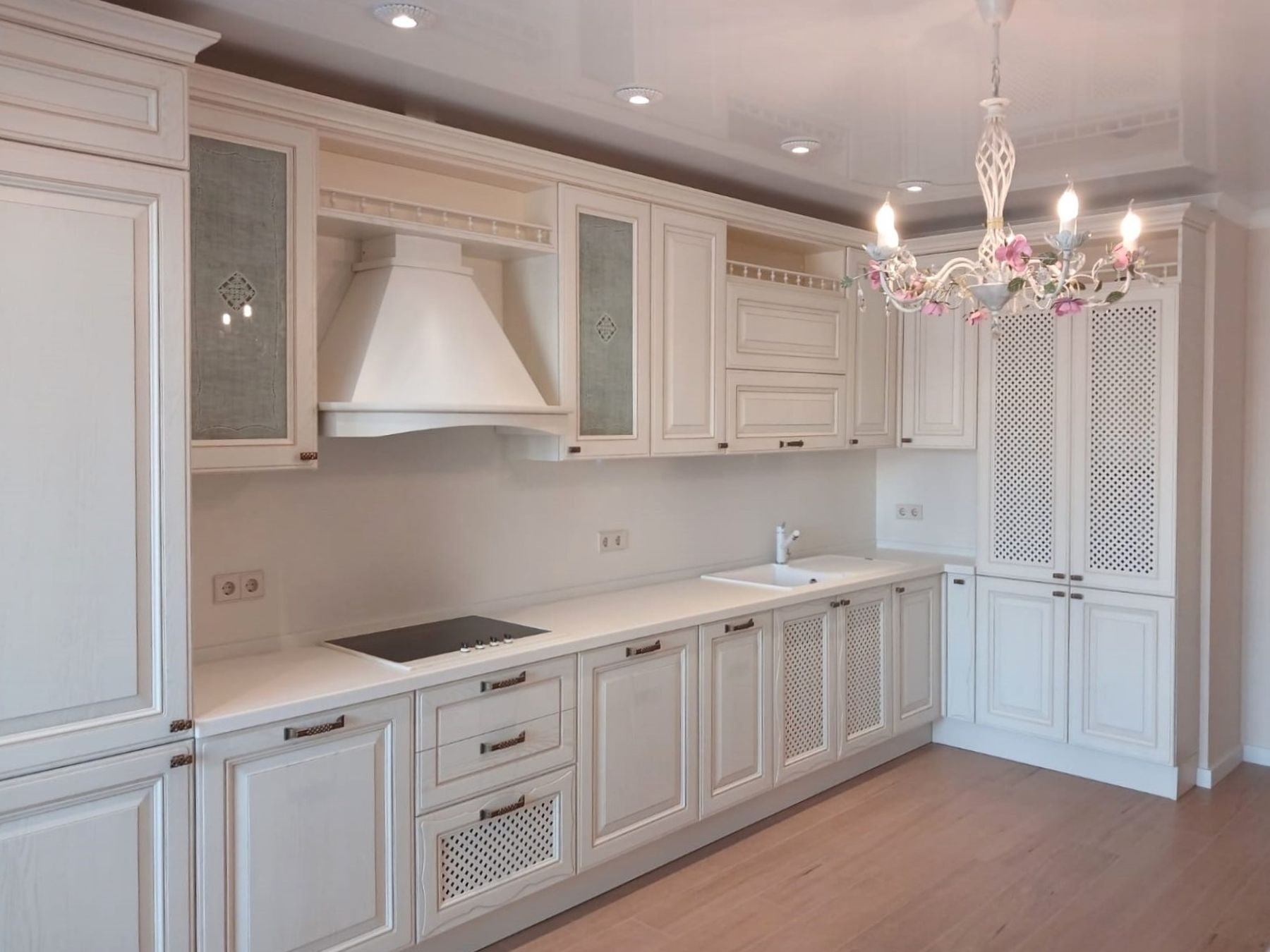
Culinary Elegance: Simplified Designs
Introduction to Simplified Culinary Design
Culinary elegance doesn't have to be complex or intimidating. The essence of modern cuisine lies in creating beautiful plates with simpler, cleaner designs. This concept focuses on the purity of ingredients, the harmony of flavors, and the elegance of presentation. In this article, we will explore how to achieve refined and sophisticated culinary designs through straightforward, accessible methods.
Understanding the Elements of Design
Before delving into the techniques of simplified culinary design, it's essential to understand the basic elements of design that are applicable to food presentation. These include color, form, texture, and balance. By carefully considering these elements, chefs can create dishes that are as visually appealing as they are delicious, using a minimalist approach that highlights the quality and freshness of the ingredients.
Choosing the Right Ingredients
The first step to simpler, elegant food presentation is selecting high-quality ingredients that can speak for themselves. Opt for fresh, seasonal, and local produce whenever possible. The natural beauty and vibrant colors of these ingredients will serve as the cornerstone of your dish's aesthetic without the need for excessive garnishes or complicated techniques.
Mastering the Art of Plating
Plating is an art form that reflects the chef's vision and style. Start with a clean plate and envision it as your canvas. Use spacing to your advantage, allowing each component of the dish to stand out. Apply the 'less is more' philosophy, arranging the elements in a way that is intuitive and creates a visual impact. Tools such as ring molds, offset spatulas, and squeeze bottles can assist in achieving clean lines and precise placement.
Implementing Color and Contrast
Incorporating a variety of colors can transform a simple dish into a piece of art. However, use them judiciously to avoid sensory overload. Contrasting colors can create a dramatic effect, but ensure that the taste profiles match the visual promise. Keep in mind that even the subtle hues of creams, browns, and greens can be artfully utilized to provide sophistication and elegance.
Texture: The Secret Ingredient
Texture plays a critical role in culinary design. A mixture of textures on the plate can greatly enhance the eating experience. Balance crisp elements with creamy or soft components. The contrast not only pleases the eye but also engages the palate in a way that uniform textures cannot.
Finishing Touches: Garnishes and Sauces
Garnishes and sauces should complement the dish and not overpower it. Use garnishes sparingly to add small bursts of flavor, color, or texture. Similarly, sauces should be used to accentuate and bind the flavors on the plate. The application can be as simple as a well-placed drizzle or dot—precision is key to maintaining a refined look.
Conclusion: The Beauty of Simplicity
Culinary elegance through simplified design is about paying tribute to the integrity of ingredients and letting their inherent qualities shine. It's about a thoughtful approach to composition, where every detail has a purpose, and less truly can be more. With a focus on the elements of design, the right ingredients, and a touch of creativity, any chef can elevate their dishes to works of art that are sure to impress and delight the senses.
```